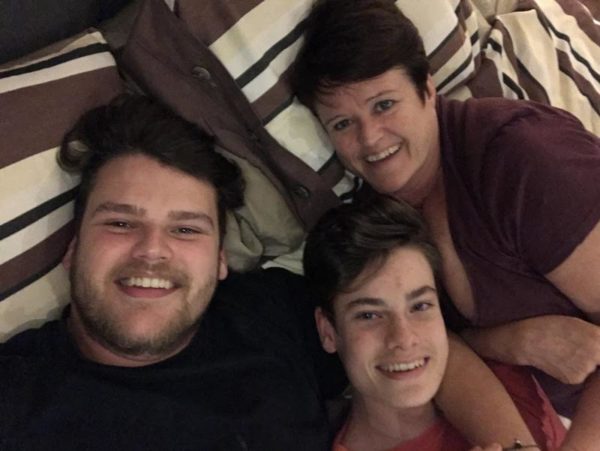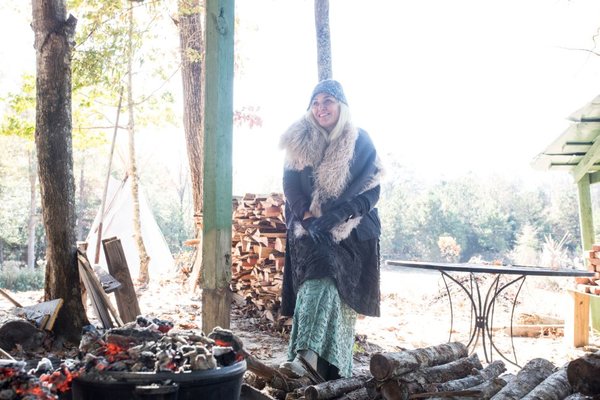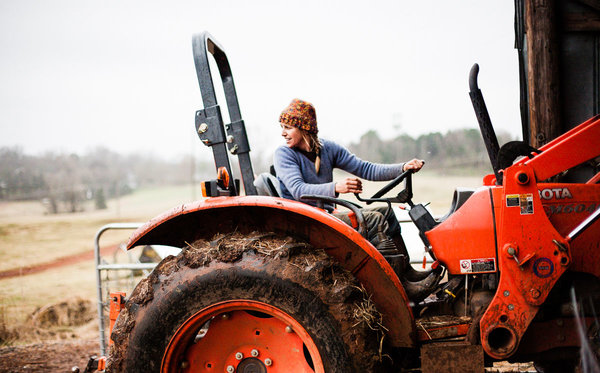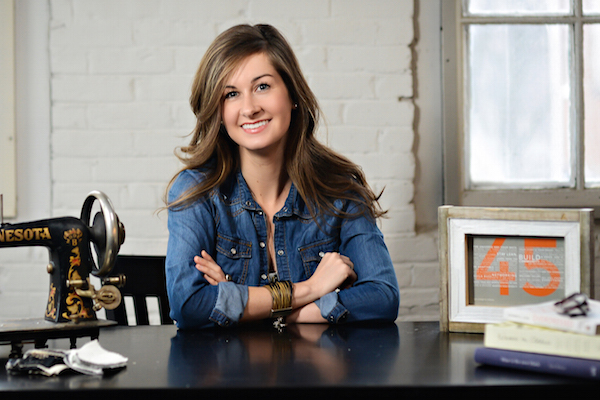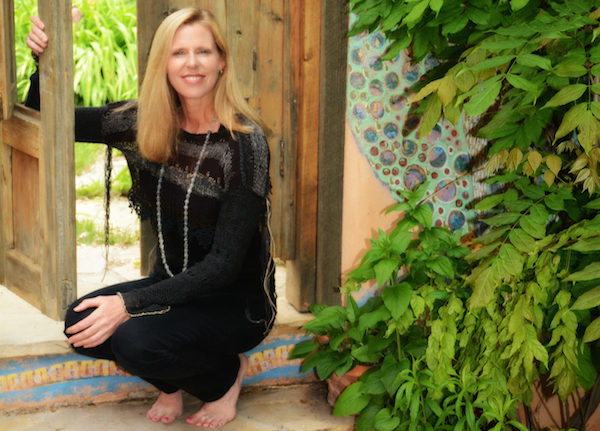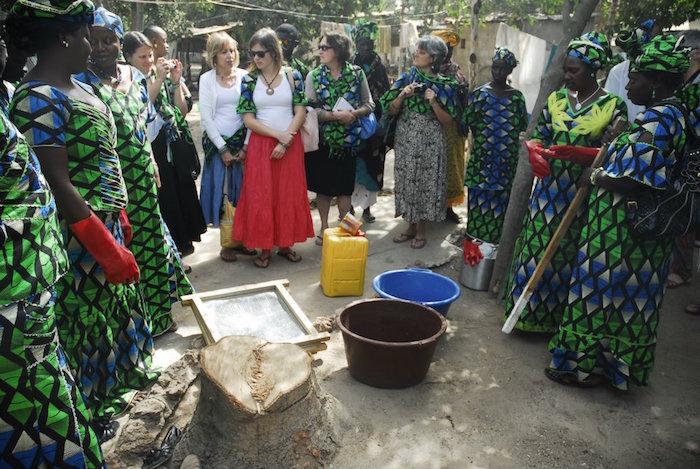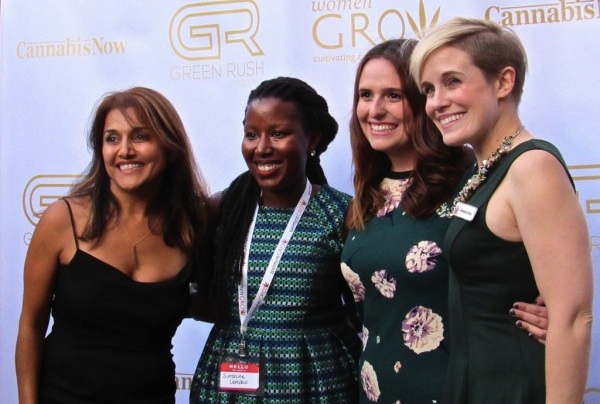Women play a vital role in society; we are the hub in the wheel on which the family resides, we are the silent hard workers. A woman symbolizes the earth, she searches for food and offers protection and safety.
Through the generations, women have fought for the right to vote, an end to sexual violence, equal rights in family law, fair wages or equal pay, the rights to own property and to education, the list is endless. Our next pivotal role now, which has always been of paramount importance but has become critical: our role in sustainability.
I believe that we can be catalysts for innovation in sustainability. We are naturally nurturing and what better a cause to fight for than mother earth and the health of its inhabitants.
Alabama Chanin’s success reflects an ongoing evolution in the fashion industry format from seasonal to sustainable. Natalie Chanin began making t-shirts that New Yorkers wanted to touch over 15 years ago. It started with a hastily refashioned tee for a swanky party. The rural Alabama girl thought it was unusual that the “fancy fashion city folk” handled her creation with wonder. This makeshift shirt opened an opportunity to connect with people from a different world. That’s how the founder and creative director of Alabama Chanin describes the advent of her sustainable slow fashion brand in an episode of storytelling podcast The Moth entitled “200 One-of-a-Kind Shirts,” recorded in April of 2014. She was moved to create more, and it was the quilting tradition of her grandmother’s generation and the pastoral inspiration of her hometown that drew her back to Florence, Alabama to start her business.
Continue reading... →Can you integrate sustainability into Big Brands? Virginie Helias, the Global Sustainability Director of Proctor & Gamble, believes you can. Inspired by breaking into a new frontier in her work and trying something that hadn’t been done before, she gained the insight that integrating sustainability into a business could benefit the Big Business and the planet at the same time. In this interview, she shares the lessons she learned in her many years of experience making sustainability a priority within P&G and shares approaches that have best worked for her.
Continue reading... →Audra Mulkern writes and photographs “The Female Farmer Project” — a chronicle of in-depth stories about the rise of women working in agriculture across the country and around the world.
Continue reading... →These women of the fashion world share their predictions of where the Eco-Fashion industry is headed in 2016. AMY HALL (DIRECTOR OF SOCIAL CONSCIOUSNESS, EILEEN FISHER) As an industry “insider,” I see three game-changing fashion trends taking deeper root in 2016. Fiber recycling: This is the year when we will find out which recycled-fiber developer will be the first to offer viable fabric suitable for mass-market apparel. So many are reaching for the golden ring. And it couldn’t come soon enough, what with deforestation and water scarcity threatening the future of virgin fibers as we know them. Living wage: After more than a century of stagnant wages for our garment-industry workers, there are murmurings of change on the horizon, such as the London living wage movement, the U.S. minimum wage campaigns, non-governmental organization activism, and brand acknowledgement of the severe impact that purchasing practices have on supply-chain compliance. Garment workers shouldn’t pop the champagne yet, but higher wages are in the air. Fast fashion: Nothing we do will really matter until we can loosen the consumers’ grip on “fast fashion” and get her to think of apparel as an investment. We repair our cars, our iPhones, and our furniture. Why […]
Continue reading... →An initiative in Gambia is empowering women and reducing hazardous waste at the same time. The Waste Innovation Center, launched in August and initially funded by the European Union’s Global Climate Change Alliance, shows women in the Brikama area how to recycle waste into useful materials and products, which they can then sell in local markets, news site AllAfrica.com reported. Wood-like waste is recycled into charcoal, for example, which can be used as an alternative to firewood and decrease deforestation. Food waste is recycled into compost to function as environmentally friendly fertilizers and plastic is turned into everything from paving slabs and gutters to local sanitary toilet holes. Supported by Waste Aid UK and the Gambia Women’s Initiative, among others, the project provides women with skills they can use to become self-sufficient entrepreneurs. Women learning at the center come from five communities, and some of them travel as far as 12 miles to learn these skills that will provide them with an income, according to the Guardian. Isatou Ceesay, who now leads GWI, highlighted the need to focus on economic equality in her country, telling the Guardian, “In terms of education, [women] are the ones who are always behind. Boys are chosen to go […]
Continue reading... →Women still continue to earn less per hour than men for the same amount of work in America, but there is one highlight — the marijuana industry. Marijuana Business Daily reports this October that the percentage of women executives in the cannabis industry is far higher than in all U.S. businesses as a whole. About 36 percent of executives in the cannabis industry are women. By comparison, just 22 percent of executives in all U.S. businesses are women. And in some sectors of the cannabis economy, women’s gains are even more stark. In the cannabis testing labs sector, women comprise 63% of executives. When it comes to cannabis processing or edibles — executives are 48 percent women. Women executives are most rare in cannabis investment sector (28%), but that’s still above the U.S. average. By comparison, a Pew Women in Leadership study from 2015 found women are under-represented in Congress (20% women). Women make up just 5% of CEOs in the Fortune 500. Women account for about half the labor force. The cannabis industry is often criticized for using sex to sell products, or engaging in frathouse hiring practices. But the survey shows it’s also among the most equitable. Researchers […]
Continue reading... →